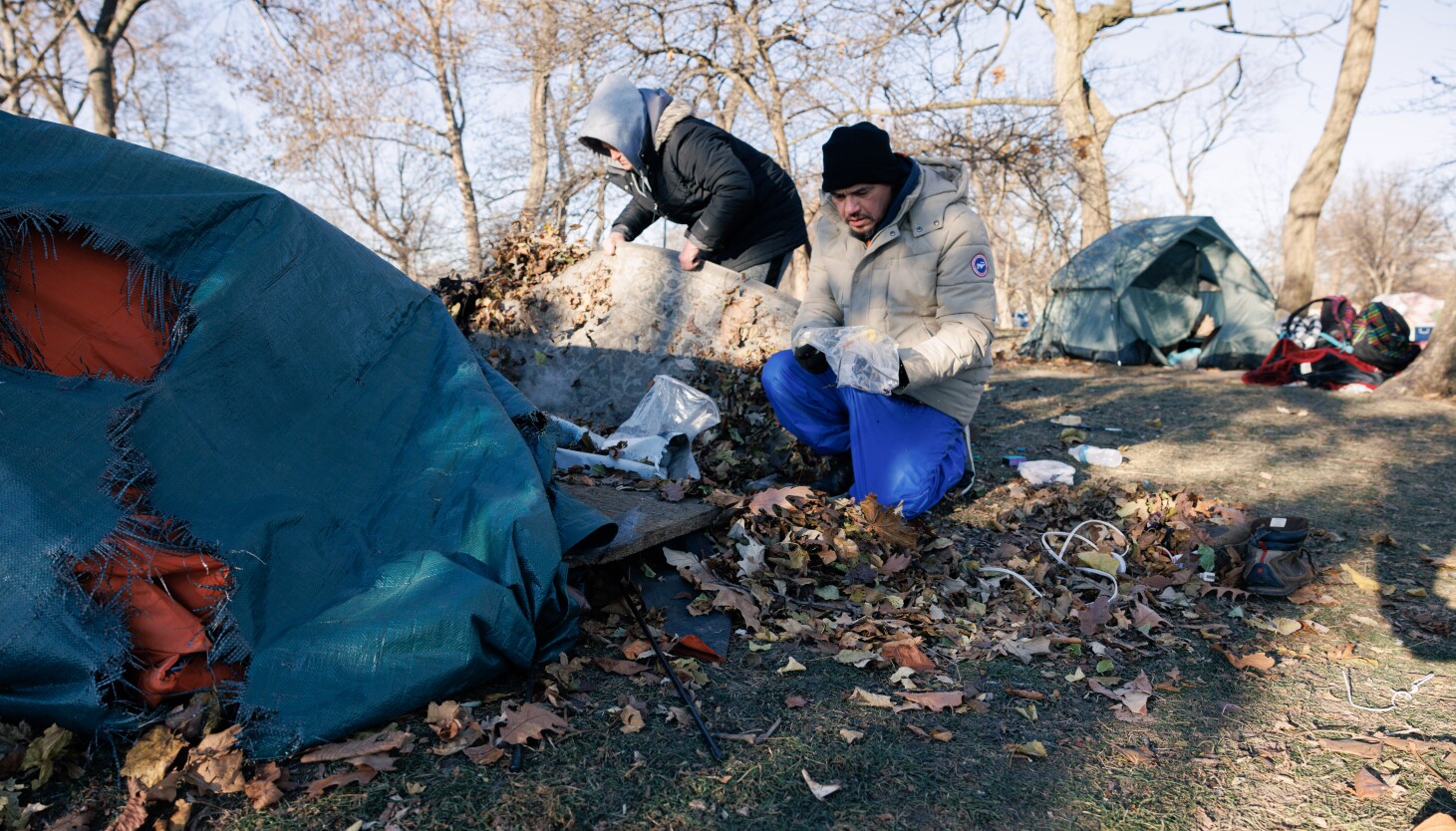
Chicago’s homelessness crisis has exploded, tripling in 2024 compared to 2023, mirroring a national trend but on a far more drastic scale. While the U.S. saw an 18.1% increase in homelessness last year, Chicago’s numbers soared from 6,139 to an estimated 18,836 according to the city’s annual tally. This dramatic increase is primarily attributed to the influx of migrants, although experts emphasize that affordable housing shortages and the struggle to earn a living wage remain significant underlying factors.
The Chicago Coalition to End Homelessness offers a far higher estimate, projecting 76,375 Chicagoans experienced homelessness throughout 2024, using a broader methodology that includes individuals couch surfing or “doubling up.” This figure excludes the 5,501 asylum seekers housed in city shelters. Doug Schenkelberg, the coalition’s executive director, highlights the persistent challenge of affording housing, even beyond the immediate impact of the migrant crisis. He underscores that the issue extends beyond simply a lack of affordable housing but also involves the difficulty of earning a living wage sufficient to cover housing costs.
The city’s response has involved consolidating shelter systems for asylum seekers and the unhoused population into a unified “One System Initiative,” launched this year. However, the failure of the Bring Chicago Home referendum in March, which would have dedicated funds to address homelessness through a real estate transfer tax, has hampered progress. Simultaneously, the Chicago Housing Authority (CHA) faces criticism for allowing hundreds of scattered-site units to remain vacant while residents wait for affordable housing. Protests have highlighted the slow pace of renovations and the long waitlists.
The impact of this housing crisis is acutely felt in schools, according to Kevin Moore, Housing Committee Chair of the Chicago Teachers Union (CTU). He emphasizes the difficulty of expecting consistent school attendance from students experiencing housing instability. The CTU’s proposed contract includes measures to address this, including expanding support roles connecting families with housing services, creating affordable housing initiatives on vacant city land, and providing housing assistance through school staff. A key proposal aims to house or provide rental assistance to 20,000 CPS students and their families. However, contract negotiations with Chicago Public Schools (CPS) have stalled, with unresolved financial and non-financial issues hindering progress.
The city plans to address the affordable housing shortage through tax increment financing (TIF) funds and a proposed $2 million rental assistance program. Sendy Soto, the city’s chief homelessness officer, stresses the importance of a holistic approach, bringing city services together. However, Schenkelberg cautions that these initiatives are insufficient, arguing that sustained funding for permanent housing and support services is crucial to effectively tackle the crisis.

